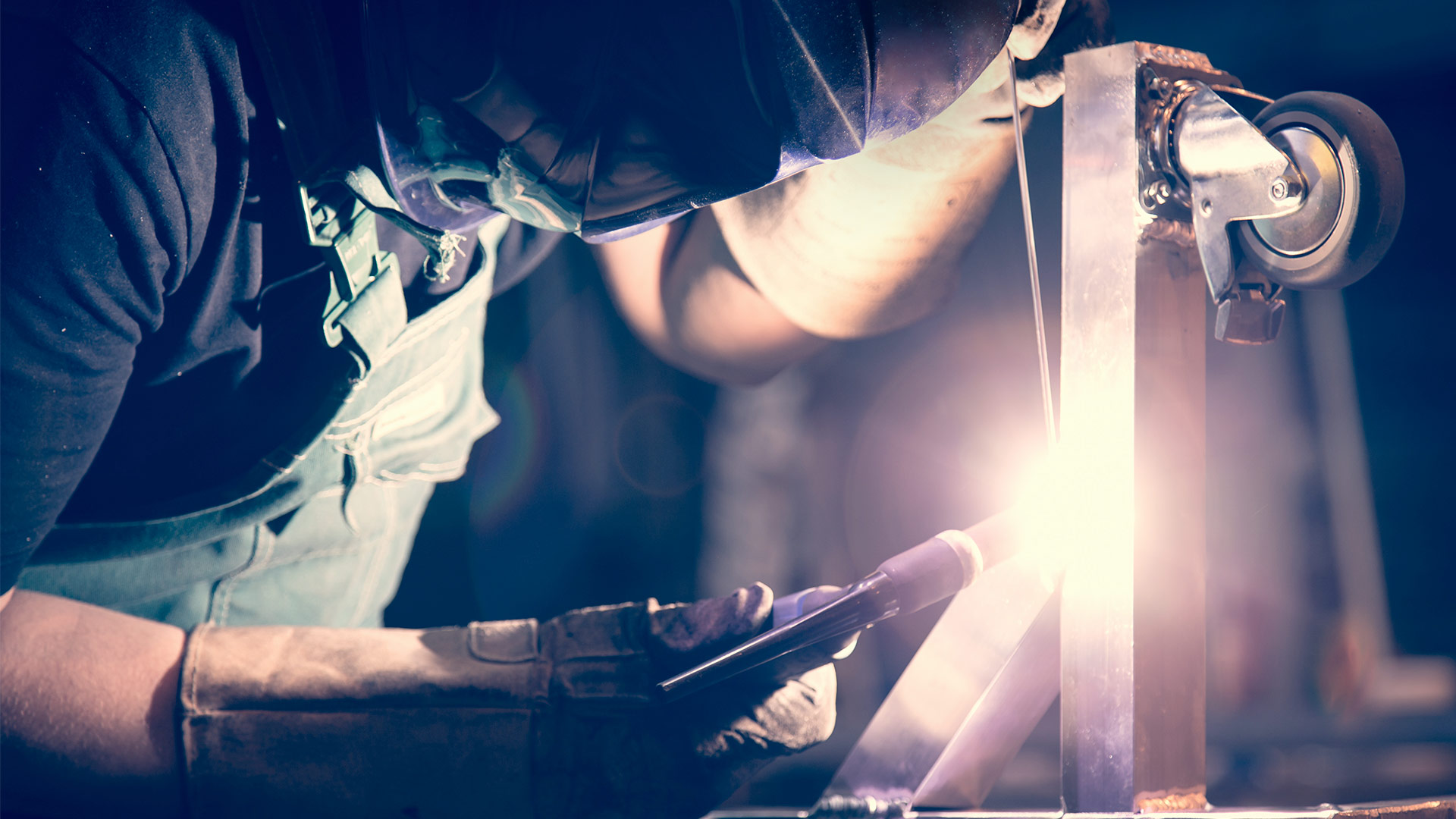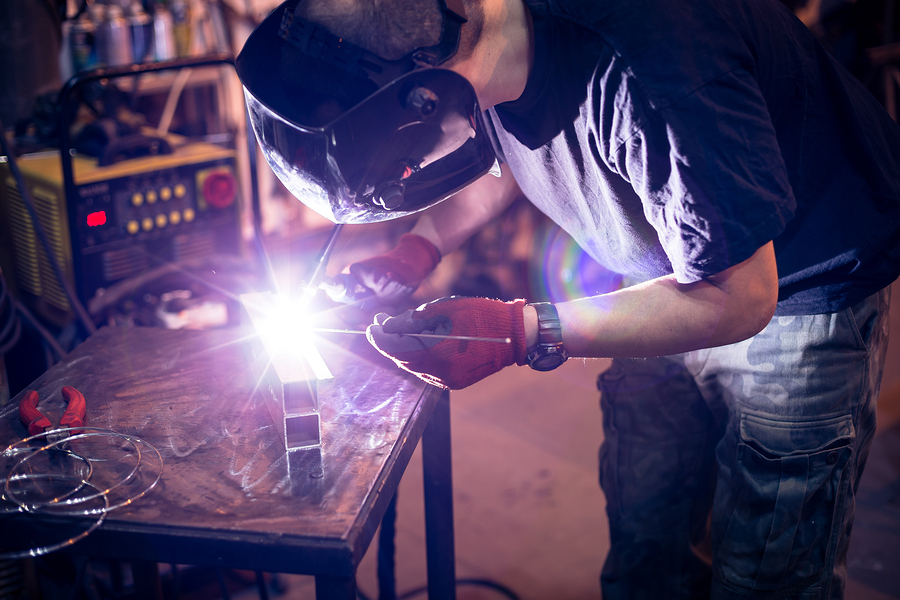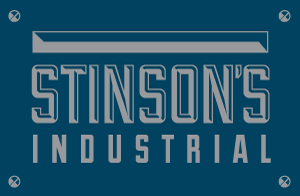Aluminum Welding
When it comes to welding, not all techniques are created equal. That’s why, for your next welding job, you need to stop in and speak to us. Using the wrong technique means that the join won’t be as strong as it should be, and it could leave the surrounding metal brittle.
We’ve got more than twenty years of experience in this area – if we can’t fix it by welding it, it can’t be done.
We’ve built up our sterling reputation in Memphis by always providing top-notch service. Come in and see the Stinson’s difference for yourself. You’ll be glad you did.
How Do We Weld Aluminum?
Both TIG and MIG welding can be used to weld aluminum. TIG works better for thinner sheets while MIG works better for thicker sheets.

What’s the Difference Between TIG and MIG Welding?
TIG welding is where we use a tungsten electrode when creating the join. TIG welding requires a more practiced hand as you’re feeding in lengths of welding rod which creates the join. MIG welding is slightly easier because you use one continuous strand of wire.
TIG welding creates a stronger bond, and that’s why we prefer to use it. It does take a little longer, but the results are worth the extra effort.
Aluminum TIG Welding
TIG welding, as we mentioned, is better for thinner materials. It can weld metals that don’t contain iron and:
- Aluminum
- Stainless steel
- Magnesium
- Copper
It’s a very useful technique when you want to do a lower temperature weld to avoid punching through the metal.
Aluminum MIG Welding
This technique is better to use with thicker materials and was developed to weld metals that don’t contain iron. It was initially designed as a way to weld aluminum, but it was later used in welding steel because it worked a lot faster.
MIG welding is better for jobs that need to be completed quickly and that don’t require a lot of finesse.

Which Option is Better for My Needs?
That’s something that we’d like you to come and talk to us about. We’d need some idea of the project being welded, what metals you want to use, and where the welded joint will be installed. How it’s going to be used afterward will affect the technique we choose to use.
TIG welding is generally better for more precise work or for areas that are going to come under a lot of pressure later. The join is stronger, so it should be more durable.
Don’t discount the value of MIG welding, though. It’s still a very strong join that is going to be durable, but here the speed at which the project can be completed is a big plus.
Contact Us Today
We have expert welders on our staff who have plenty of experience in both cases. The first step to creating a good join is in choosing the right technique to use. Leave it up to us – we’ll discuss your options with you and ensure that you are happy with the end results.
We offer:
- Stick Welding
- TIG Welding
- MIG Welding
- Aluminum Welding
- Carbon Steel Welding
- Stainless Steel Welding
…and more.
